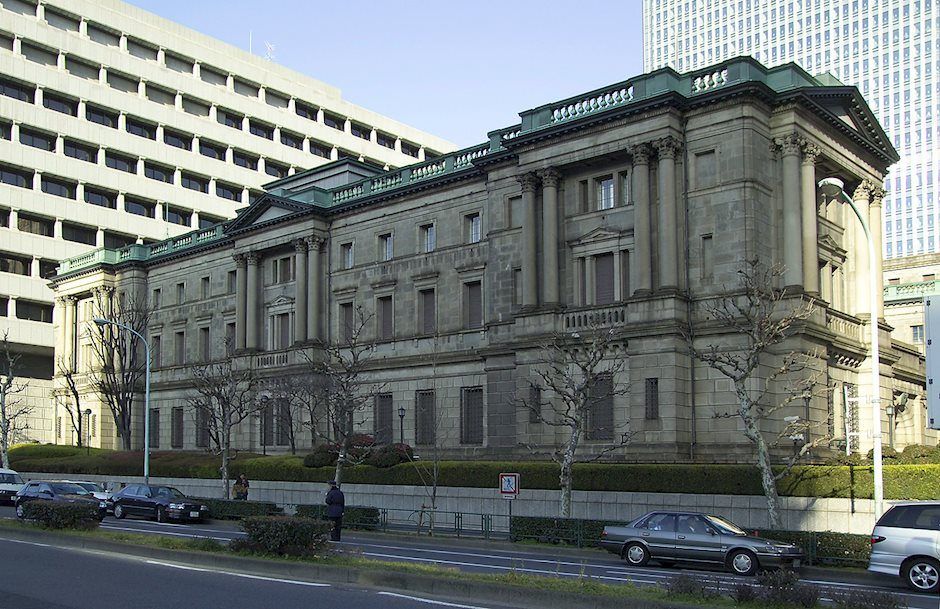BoJ Minutes: Import prices rising due to Yen depreciation

The Bank of Japan (BoJ) board members shared their views on the monetary policy outlook on Monday, per the BoJ Minutes of the June meeting.
Key quotes
A few members said import prices rising due to recent yen fall, creating upside inflation risk
One member said cost-push inflation could heighten underlying inflation if it leads to higher inflation expectations, wage increases
One member said pass-through of higher labour costs accelerating, could appear in consumer inflation
One member said BOJ might need to consider adjusting degree of monetary easing as inflation might overshoot due to renewed cost-push pressure
One member said BOJ must raise rates at appropriate timing without delay
One member said rate hike must be done only after inflation makes clear rebound, data confirms heightening in inflation expectations
Members agreed recent weak yen pushes up inflation, warrants vigilance in guiding monetary policy
One member said BOJ’s monetary policy should not be swayed by short-term FX moves
Market reaction to the BoJ Minutes
At the time of writing, USD/JPY was down 0.61% on the day at 145.65.
Bank of Japan FAQs
The Bank of Japan (BoJ) is the Japanese central bank, which sets monetary policy in the country. Its mandate is to issue banknotes and carry out currency and monetary control to ensure price stability, which means an inflation target of around 2%.
The Bank of Japan has embarked in an ultra-loose monetary policy since 2013 in order to stimulate the economy and fuel inflation amid a low-inflationary environment. The bank’s policy is based on Quantitative and Qualitative Easing (QQE), or printing notes to buy assets such as government or corporate bonds to provide liquidity. In 2016, the bank doubled down on its strategy and further loosened policy by first introducing negative interest rates and then directly controlling the yield of its 10-year government bonds.
The Bank’s massive stimulus has caused the Yen to depreciate against its main currency peers. This process has exacerbated more recently due to an increasing policy divergence between the Bank of Japan and other main central banks, which have opted to increase interest rates sharply to fight decades-high levels of inflation. The BoJ’s policy of holding down rates has led to a widening differential with other currencies, dragging down the value of the Yen.
A weaker Yen and the spike in global energy prices have led to an increase in Japanese inflation, which has exceeded the BoJ’s 2% target. With wage inflation becoming a cause of concern, the BoJ looks to move away from ultra loose policy, while trying to avoid slowing the activity too much.
Author

Lallalit Srijandorn
FXStreet
Lallalit Srijandorn is a Parisian at heart. She has lived in France since 2019 and now becomes a digital entrepreneur based in Paris and Bangkok.

















